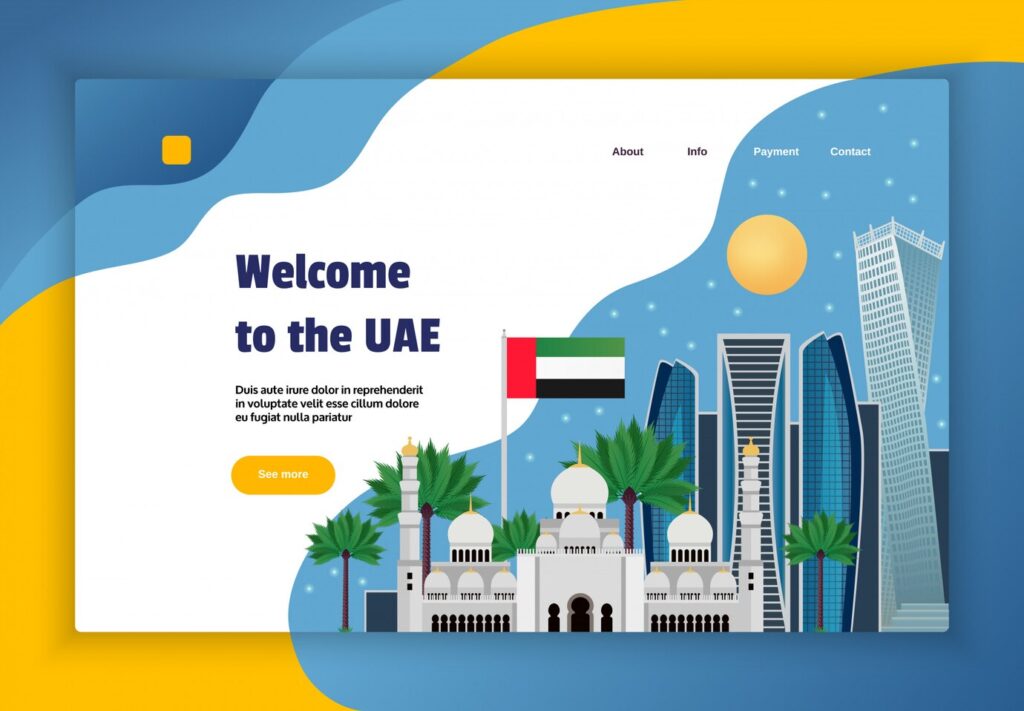How Do You Migrate a UAE Website?

Migrating a website can be a complex process, especially when dealing with a website based in the United Arab Emirates (UAE). Whether you are moving to a new hosting provider, changing your domain, or undergoing a major redesign, a well-executed migration is crucial to maintain your website’s functionality, SEO rankings, and user experience. In this comprehensive guide, we will explore the key steps and considerations involved in migrating a UAE website.
Backup Your Website
Before embarking on any migration, it is imperative to create a full backup of your website. This includes all files, databases, and any other relevant data. This ensures that you have a safety net in case anything goes wrong during the migration process.
Choose the Right Hosting Provider
If you are migrating to a new hosting provider, carefully research and choose a reliable one. Consider factors such as server location, speed, security features, and customer support. In the UAE, it’s often beneficial to choose a hosting provider with servers in the region to ensure optimal performance.
Inform Stakeholders
Notify all stakeholders about the impending migration, including your team, clients, and users. Communication is key to manage expectations and avoid any disruptions in service.
Evaluate SEO Impact
Assess the potential impact of the migration on your website’s SEO. Create a list of all existing URLs and ensure that they are properly redirected to the new URLs post-migration. This helps in maintaining search engine rankings and avoiding broken links.
Update DNS Records
If you are changing your domain name, update the DNS records accordingly. This ensures that visitors are directed to the new website when they enter the old domain.
Content Migration
Transfer all content, including text, images, videos, and other media files, to the new server or hosting provider. Maintain the structure and organization of your content to ensure a seamless transition.
Database Migration
If your website relies on a database, migrate it carefully to the new server. This involves exporting the database from the old server and importing it into the new one. Double-check the compatibility of the database management systems to avoid any issues.
Check Compatibility
Ensure that all website components, including plugins, themes, and scripts, are compatible with the new hosting environment. Update any outdated software to prevent compatibility issues.
SSL Certificate
If your website uses SSL (Secure Socket Layer) for encrypted connections, ensure that the SSL certificate is properly configured on the new server. This is crucial for maintaining security and user trust.
Performance Optimization
Take the opportunity to optimize your website’s performance during the migration. Compress images, minify CSS and JavaScript files, and implement caching mechanisms to enhance loading times.
Test the Website
Before making the new website live, thoroughly test its functionality. Check for broken links, missing images, and any other issues that might have arisen during the migration process.
Implement 301 Redirects
Set up 301 redirects from the old URLs to the new ones. This is crucial for preserving SEO rankings and ensuring a smooth transition for both users and search engines.
Monitor Traffic and Errors
Keep a close eye on website traffic and error logs post-migration. This helps in identifying and addressing any issues that might arise after the website goes live.
Update Contact Information
If your website includes contact information, ensure that it is updated on the new website. This includes email addresses, phone numbers, and physical addresses.
Cross-Browser Testing
Test your website on various browsers to ensure compatibility. Users in the UAE might access your website using different browsers, so it’s important to provide a consistent experience across all platforms.
Mobile Responsiveness
Verify that your website is mobile-friendly, as a significant portion of internet users in the UAE access websites through mobile devices.
Localization Considerations
If your website caters to a primarily UAE audience, ensure that it is localized appropriately. This includes using Arabic language where relevant and considering cultural nuances in your content.
Legal Compliance
Ensure that your website complies with UAE’s legal requirements, including data protection regulations and any specific guidelines for online content.
Engage with your Audience
Communicate with your audience during and after the migration. Notify them of the changes, provide assistance for any issues they may encounter, and gather feedback for further improvements.
Post-Migration SEO Audi
Conduct a thorough SEO audit after the migration to identify any potential issues. Monitor search engine rankings, crawl errors, and other SEO-related metrics to ensure a smooth transition.
Continuous Monitoring
Even after the migration is complete, continue monitoring your website’s performance and user experience. This proactive approach helps in identifying and resolving any issues promptly.
In conclusion, migrating a website in the UAE requires meticulous planning, execution, and ongoing monitoring. By following these steps and considering the unique aspects of the UAE market, you can ensure a successful migration that minimizes disruptions and maintains the integrity of your online presence. Remember that each website is unique, so adapt these guidelines to suit the specific needs and characteristics of your site.